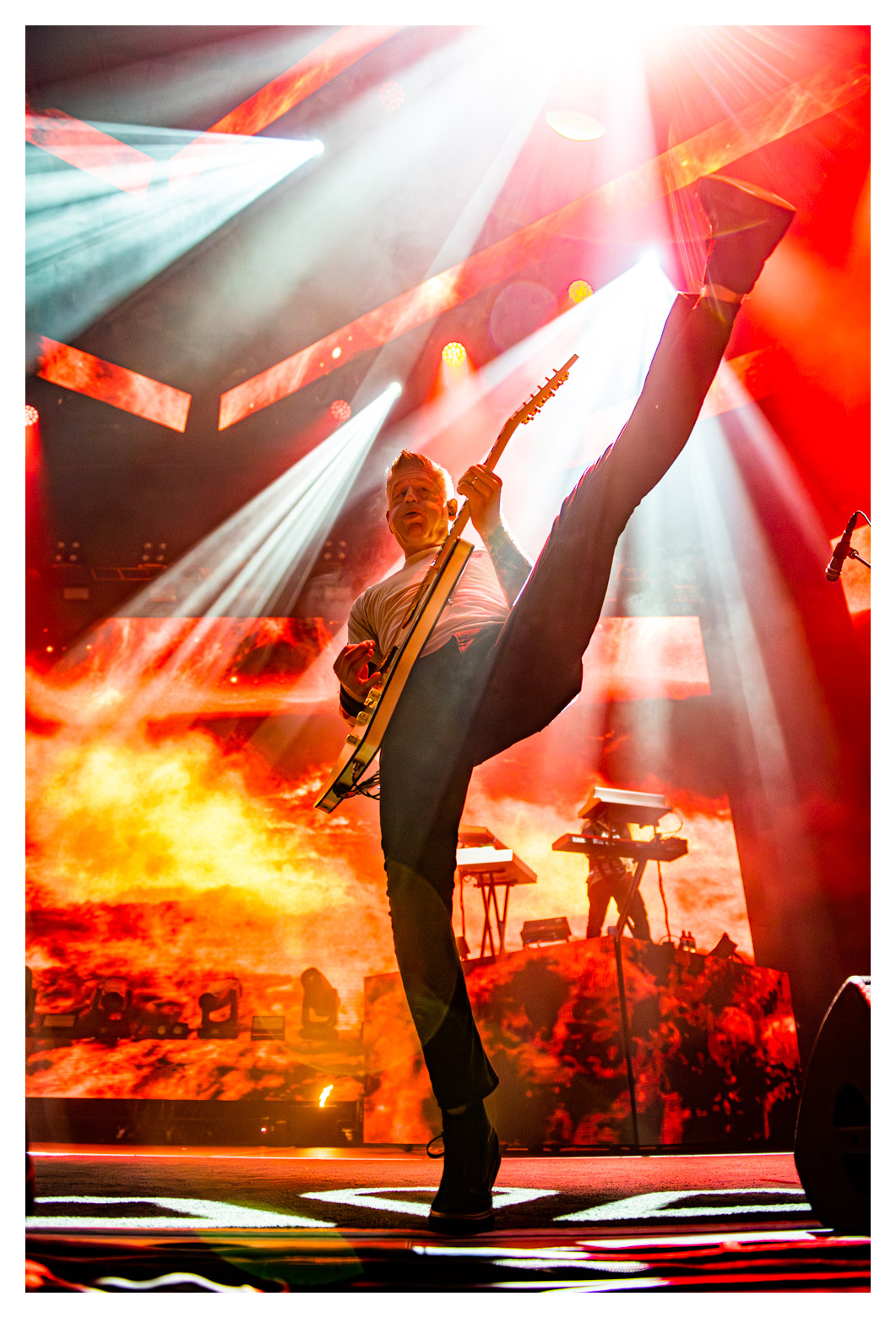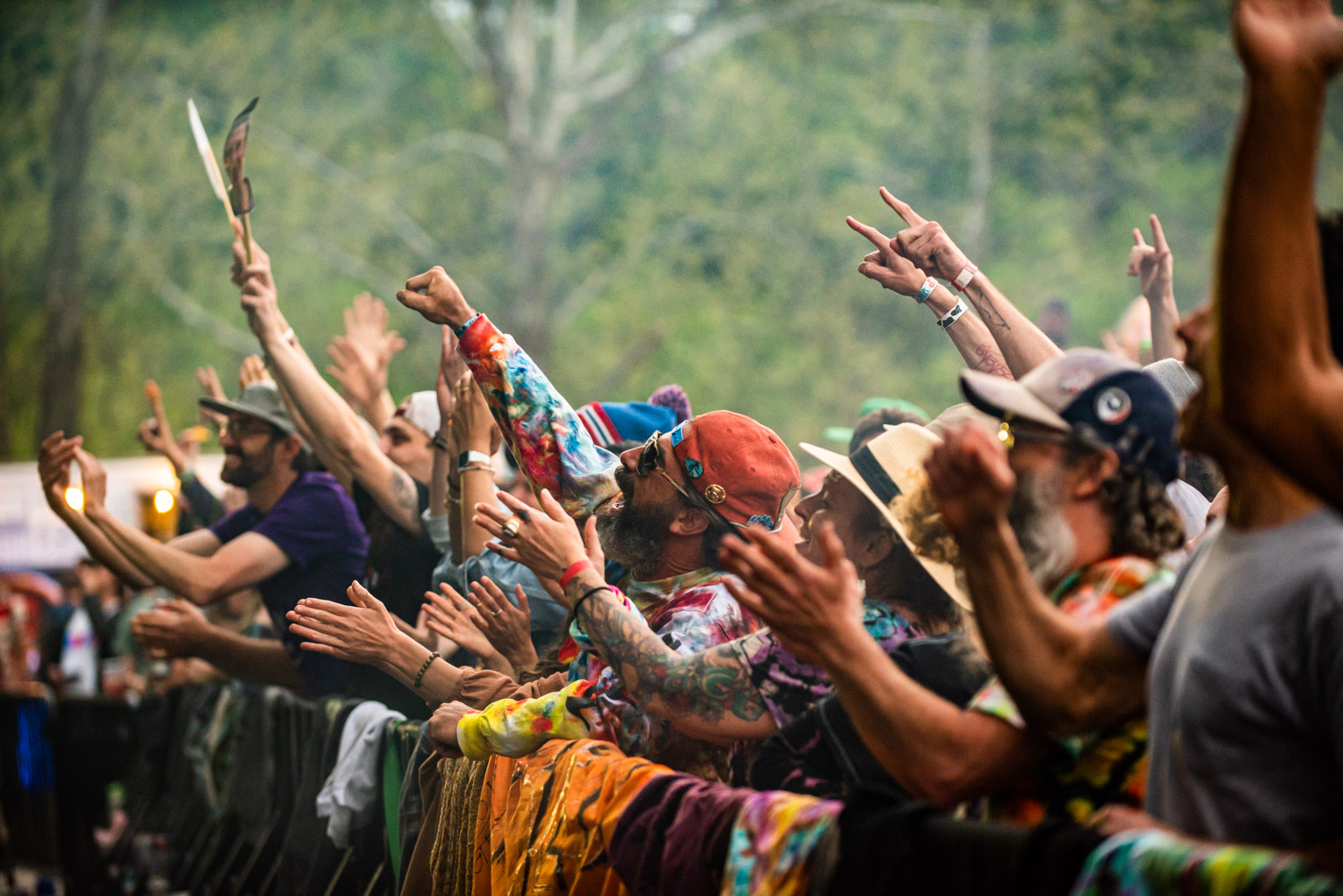Music Photography Photo Pit Etiquette - A few more thoughts
Oct 26, 2023
Have you read the recent DSP post "Music Photography - 10 Photo Pit Etiquette Tips for Amateurs and Professionals"?
If not, you might want to read it before this one. If you've already read it, then please read on...
I recently penned what I thought was a comprehensive list of photo pit tips / etiquette for music photographers. In retrospect, it wasn't quite as comprehensive as I thought, and I'd like to add a few things -- three, to be exact.
1. Why are you there? (clarification and suggestion): In my original piece, I emphasized that if you are in the photo pit, then you should have a valid reason to be there. I'd like to add a caveat to that, albeit, not exactly relating to "photo pit" shooting.
I see lots of queries about how a photographer can build up their music photography portfolio. Most answers suggest that they start by shooting local bands in small local venues, which I believe has merit, but I personally went about it another way when I was starting out -- I shot lots of free gigs in public spaces, such as the Montreal Jazz Festival in Quebec Province, Canada (see the lead photo for this post -- that stage was one of the "free" stages for the fest). Given my personal experience in honing my early craft, and the quality of the lighting at such free public events, I often recommend that aspiring shooters look for similar opportunities, although you don't need to travel to Montreal to do it!
What does this have to do with photo pit etiquette, you ask?
Well, for public events such as these, there may not be a photo pit for anyone, including media photographers. There is the stage, and then the crowd. Being in a public space, anyone in attendance can legally have a camera and photograph the performances. As already noted, this can create a great opportunity for an amateur or hobbyist to practice their music shooting and, possibly, build up their portfolio. You create your own "purpose", albeit, a "selfish" one in that you are not shooting for anyone but yourself.
Meanwhile, there may well be a media photographer or two that are assigned to cover the event, and they have a specific purpose to provide photos for their employer / publication. And, as a "fan with a camera", you may find yourself next to one of these folks, or possibly mutually scrambling for the best real estate in front of the stage.
In this case, my recommendation is to yield to those who are there in a professional capacity, and be aware that they have a specific job to perform -- one that, in my opinion, takes priority over your portfolio shooting. This doesn't mean that you have to cease shooting, but it does mean that you should show courtesy towards those who are covering the gig with a purpose beyond their own skills development and portfolio enhancement. And, of course, show courtesy towards all of the event-goers around you. In other words, refer to Rule No. 10 of my previous post (Don't be a d*ck.).
Who knows? If you show enough appreciation for such shooters, they may even offer some helpful tips on how you can improve your technique.
 2. Limit your "chimping": Perhaps before I elaborate, I'll define "chimping" for you. It's a term that originated about 20 years ago when DSLR cameras were entering the mainstream. It refers to reviewing images (more specifically, showing the images to others) on your digital camera's LCD display, while sounding "Ooo ooo ooo!" (like a chimp) when a viewer sees something they like .
2. Limit your "chimping": Perhaps before I elaborate, I'll define "chimping" for you. It's a term that originated about 20 years ago when DSLR cameras were entering the mainstream. It refers to reviewing images (more specifically, showing the images to others) on your digital camera's LCD display, while sounding "Ooo ooo ooo!" (like a chimp) when a viewer sees something they like .
Yes, having the capability to review your work while shooting has been an invaluable addition to a photographer's arsenal of tools, and it can certainly be of great help when shooting music given the often difficult and dynamic stage lighting conditions. And, there is nothing wrong with doing the odd sanity check while in the photo pit, to make sure that you're at least getting close to a decent exposure, since your light meter indicator may not be of much help when it comes to harsh backlighting on stage, and ever-changing front light.
But...
You shouldn't make a habit of taking up space in the pit, and clicking through every shot on your memory card. Or, worse, doing that while showing fans on the rail during the performance. If you're going to spend more than a second or two paging through your work (e.g., checking exposure) while others are shooting, best bet is to move to the side of the photo pit out of everyone else's way. You can look at your work, or show others, after the three songs, or outside of the photo pit at any time.
3. Leave the drone at home: Unless you have been given specific permission by the venue (which overrides anyone else's authority, including the band's, given that the venue will ultimately be held responsible for any drone-related injuries), do not attempt to bring in a drone along as part of your photo pit access credential, video, stills, or otherwise.
This should go without saying, but I'm talking about outdoor venues, festivals, est. That said, with some of the bonehead drone stuff I've seen people do in my life (including at shows), it wouldn't surprise me if someone tried to fly a drone over a crowd in a theatre.
Truth be told, I'm no fan of drones and doubt I ever own one (not only can they be dangerous, but they can also be annoying AF, especially in peaceful places in nature, but I digress...), but I do understand the craze and the new creative and commercial opportunities that they have presented for photographers.
But, as is often the case with technology, it can be abused. Even with the requirement by the US FAA for a "pilot's license" for some (all?) drone shooting (in the US), I've seen behavior by drone pilots recently that not only makes me shake my head in disbelief, but makes me wonder how these people ever got their license in the first place. Flying an unauthorized drone a few feet above a concert crowd, or launching and landing one backstage in the production area around passing artists, stagehands, venue staff, etc, is a sure way to get yourself blacklisted from a venue or, even, have your licensed revoked should someone report you.
Well, I think that wraps things up for photo pit etiquette. What do you think? Did I miss anything?
Are you interested in learning Music Photography with DSP?
CLICK HERE





